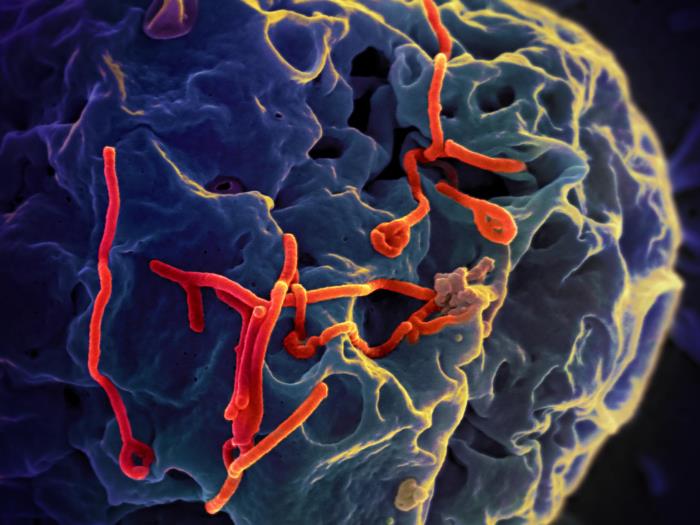The outbreak of Ebola virus disease (EVD) in North Kivu and Ituri provinces of the Democratic Republic of the Congo (DRC) continues to evolve.

According to the DRC Ministry of Health, a total of 96 cases of hemorrhagic fever were reported in the region, 69 confirmed and 27 probable. Fifty-five deaths have been reported, including 28 confirmed.
Immunization activities continue at the three sites of Mabalako, Beni and Mandima. Since vaccination began on August 8, 2018, 1,273 people have been vaccinated, including 697 in Mabalako, 367 in Beni and 209 in Mandima.
The World Health Organization (WHO) reported on Twitter today that on 8 August, DRC-MOH, WHO and partners launched the Ebola ring vaccination for high-risk populations in northeastern DRC.
As of 19 August, 10 rings have been defined around 28 recently confirmed cases and approximately 1300 people have consented and been vaccinated.
WHO says the EVD outbreak in the DRC is rapidly evolving, with more new confirmed cases and deaths occurring. The coming days are going to be critical in the evolution of the outbreak as the people who were earlier exposed to infections continue to develop the disease. It is also a defining moment in the race to contain the outbreak, during which new exposures to infections should be averted, disrupting further transmission. This can only be achieved through meticulous field work to identify every single contact and transmission chain.
- Nigeria: No wild poliovirus in two years
- Animal anthrax outbreak in the Hautes-Alpes, France
- Infectious diseases: Some select ‘pearls’ with Sandra Gompf, MD
- China: Human H5N6 avian influenza case reported in Guangxi
- Children hard-hit by current Ebola outbreak in DR Congo – UNICEF
- Measles in Europe: ‘We are seeing a dramatic increase in infections and extended outbreaks’


